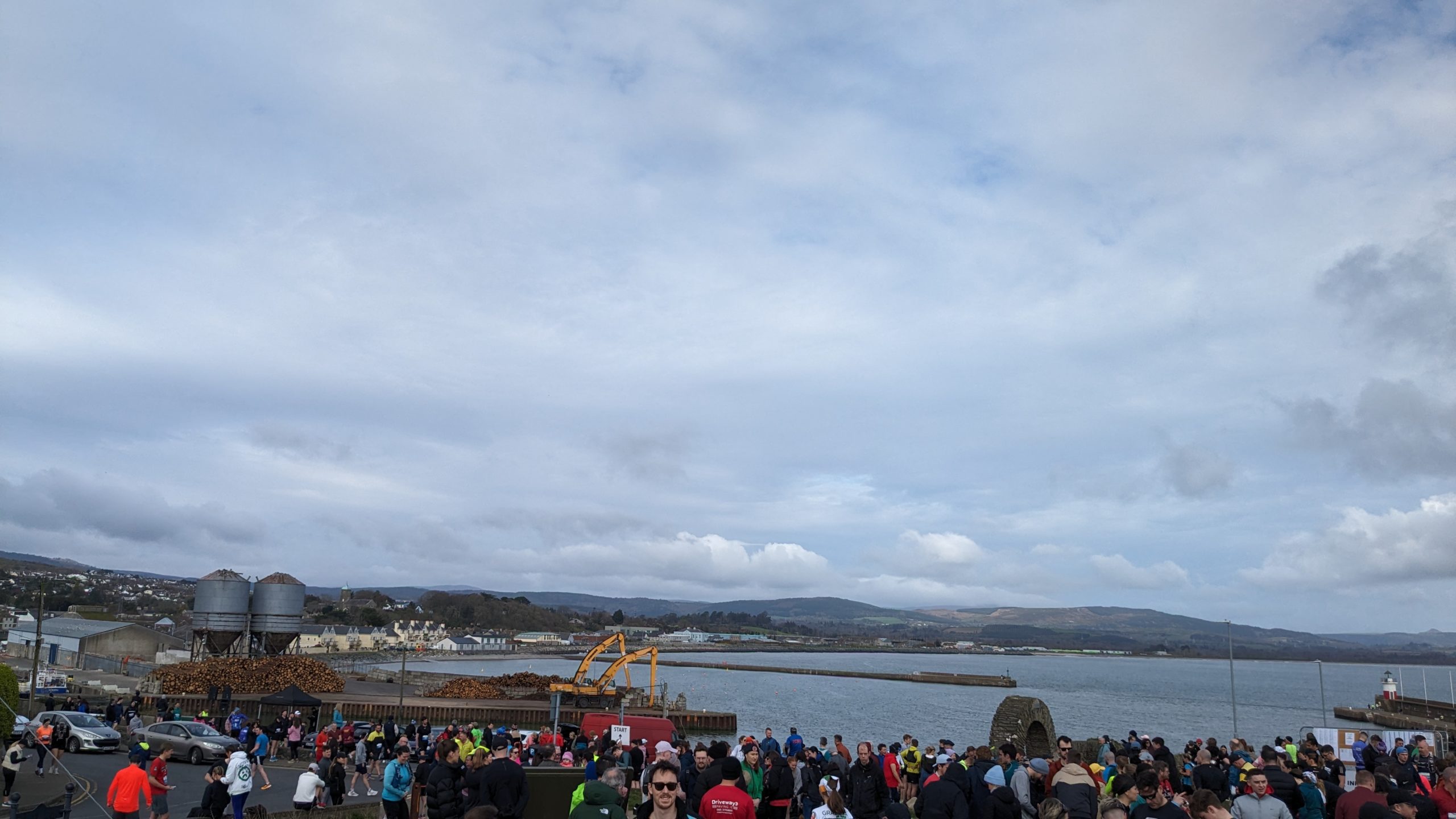
Faster at Home
The start line was crowded. I’d normally start a race at the back of the pack. I was chatting to Phil at Black Castle, where we awaited being called to the start line. Phil is a fast runner and a friend. I went along with him, starting further ahead than I had ever started, or…

2023: Year in Review
I haven’t done one of these in a while. In fact, I’ve sort of neglected my blog since the start of the pandemic. Everything got too much and I was in survival mode. I’m making conscious effort to write more and attempt to write out talks. I don’t know if I’ll submit them yet. Inching…
An Upgrade to Salary Converter
I wrote salaryconverter.nigelb.me over 10 years ago, when I was interviewing for a job. It was a fun project to build. I’ve sort of updated the data on and off, but haven’t made major code changes since. In 2021, when I upgraded the Flask version, I had to make some changes to deal with the…
10 Years in the Industry
In May 2020, I went past a quiet miletone. I completed 10 years in the IT industry. I remember interviewing for my first job. In retrospect, what they wanted was a (Techical) Program Manager. During my interview, they realised that I can code and they decided to see how I would do given a programming…
New Country and New Job
I thought when I moved my website to WordPress, I’d blog more. If anything, I’ve blogged less. But hey, I have a good reason. About 4 months ago, I moved to Dublin, Ireland. This was to start my job at The Search Engine company. Today I finish 4 months in Dublin. It feels like much…
Find me on Mastodon!